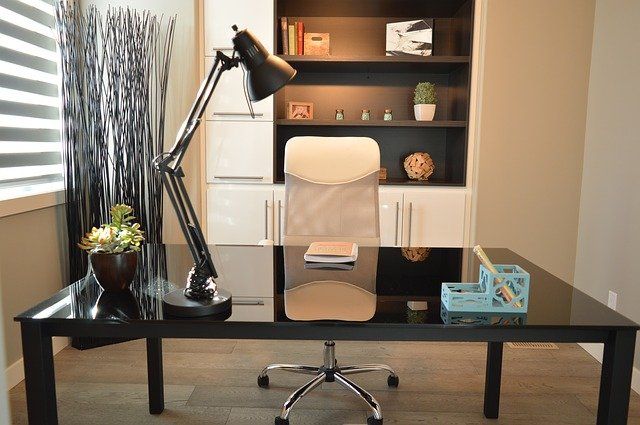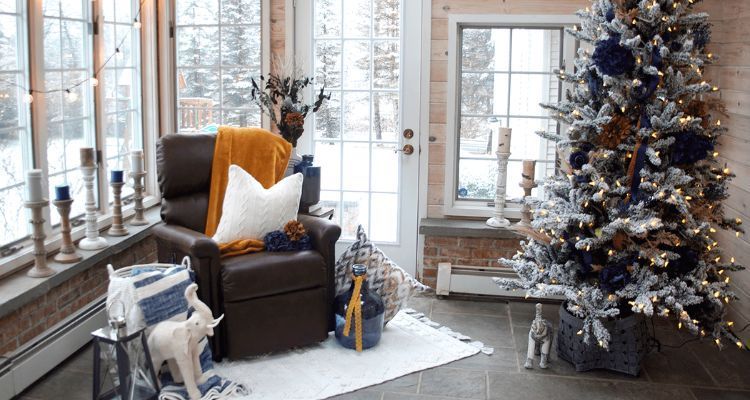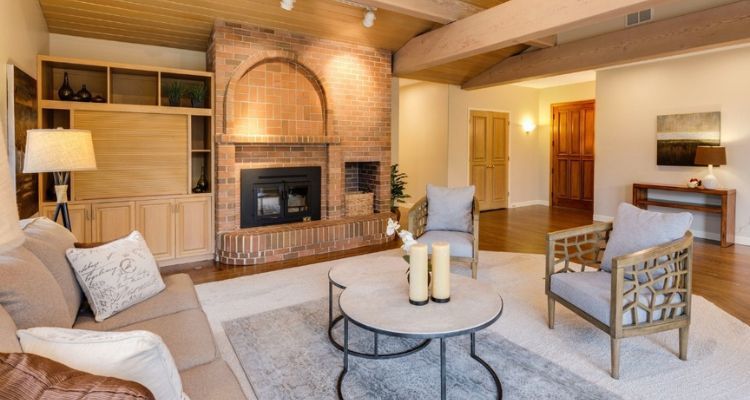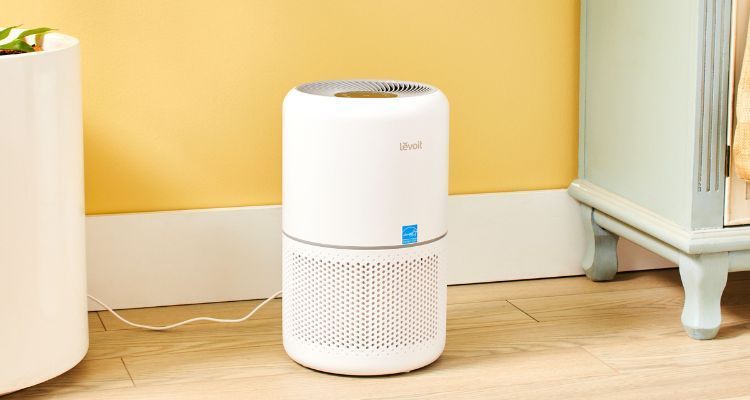4 Elements of Stellar Home Office Design

A home office can serve a lot of purposes. It can be the place you keep important documents and manage the household finances. It may be the room where all your best ideas for marketing your new product or writing your next novel are born. No matter what purpose it serves, though, there are four key elements needed to ensure that your workspace works well for you.
1. Lighting
Mood lighting has its place, but that place is not your office. You want a space that is well lit so that you can read with ease and avoid eye strain. Natural light that is adjacent to or in front of your desk infuses the room with a sunny glow without creating a glare on your computer screen. For extra light, consider a desk lamp.
2. Comfort
Back aches and sore muscles can impede your productivity, so it’s important to make your home office comfortable. Your desk chair should be ergonomically designed to support your lower back and adjustable so that you can set it at just the right height and angle. Consider solar shades on your windows so that you can still get the light without the extra heat.
3. Style
Like the rest of your home, your office should reflect your taste and preferences. Choose a color that you love for the walls, or go for a neutral option and decorate with splashes of your favorite color around the room. Organize your office to optimize functionality. Arrange your furniture so that the things you use the most are within reach of your desk.
4. Inspiration
Personalizing your home office can spark creativity and stimulate fresh ideas. A gorgeous workspace can help you feel more relaxed and inspired. Organizational tools should be functional, but they can also be beautiful. Decorate with art, books and other items that move you. By surrounding yourself with beauty, you create a space that is both welcoming and motivating.
With these four elements in mind, you can design the home office that’s just right for you. Whether you work from home or just need a quiet reading nook, creating a comfortable space with perfect lighting and style may be just the inspiration you need.










